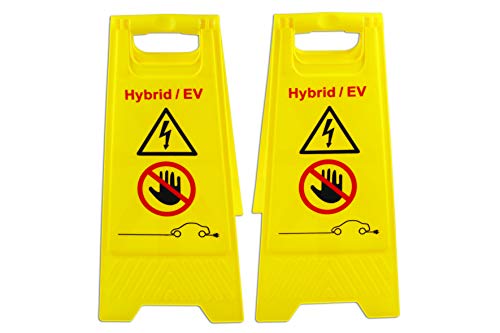Trevor Jack
Member
- Joined
- Jan 22, 2025
- Messages
- 6
My 2010 iMiev has turtled twice in the last week. Each time it showed 25km range remaining and battery at about 1/3, the latter being consistent with a typical full charge reported range of between 70 and 85km. Each time the reported 25km range was consistent with the charging and driving I’d done to that point. After disconnecting the 12v battery and reconnecting the first time, the dash showed zero battery, zero range and turtle. The second time (yesterday), it showed the same as it had before disconnecting – ie 25km range, 1/3 battery and no turtle (perhaps I didn’t leave it disconnected as long/long enough…).
The vehicle had shown an HV error (car!) about a week earlier. That was cleared and has not been seen since. I didn’t clear the codes but made these notes. P1A2F, P1A4B, U1111. This was before the first turtle event. My buddy read the following only about 5km before the turtle yesterday (ie before the 2nd turtle event):
- P1B01, stored DTC, Quick Charger vehicle error;
- P1AF6, stored DTC, On board charging time over;
- U1111, Active DTC, Display CAN timeout, Not equipped.
The U1111 could not be cleared. The two stored DTCs were cleared.
I had used a Chademo charger, for the first time in the 10 years we have had the vehicle, on the trip that gave rise to the first turtle event. That charge was after having done about 25km (having started from a full charge) and only added 0.6kWh before stopping automatically. (Although I don’t see how these two things could be related, I observe that the reported expected range at turtling, twice, (25km) is the same as the capacity that had been used at the time of the Chademo charging (also 25km).)
I put a new 12v battery in yesterday before the second turtling event. The old battery showed good voltage and passed cranking tests.
After each turtling event I have charged, with the granny charger at home, and the vehicle has shown full charge and about 80km range.
Any suggestions?
The vehicle had shown an HV error (car!) about a week earlier. That was cleared and has not been seen since. I didn’t clear the codes but made these notes. P1A2F, P1A4B, U1111. This was before the first turtle event. My buddy read the following only about 5km before the turtle yesterday (ie before the 2nd turtle event):
- P1B01, stored DTC, Quick Charger vehicle error;
- P1AF6, stored DTC, On board charging time over;
- U1111, Active DTC, Display CAN timeout, Not equipped.
The U1111 could not be cleared. The two stored DTCs were cleared.
I had used a Chademo charger, for the first time in the 10 years we have had the vehicle, on the trip that gave rise to the first turtle event. That charge was after having done about 25km (having started from a full charge) and only added 0.6kWh before stopping automatically. (Although I don’t see how these two things could be related, I observe that the reported expected range at turtling, twice, (25km) is the same as the capacity that had been used at the time of the Chademo charging (also 25km).)
I put a new 12v battery in yesterday before the second turtling event. The old battery showed good voltage and passed cranking tests.
After each turtling event I have charged, with the granny charger at home, and the vehicle has shown full charge and about 80km range.
Any suggestions?

































